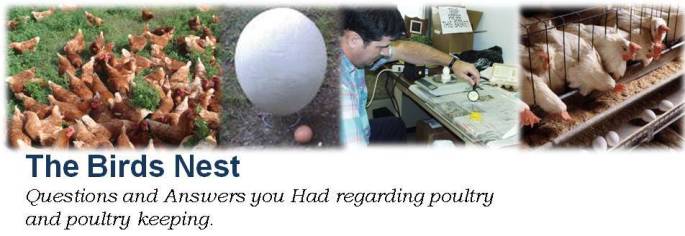Attitude is the prime ingredient
 |
| Graphic: G. Martin |
To have a good biosecurity program, think about a layered approach. I like to define that as Physical, Chemical and Logical layers to the program. Physical barriers like personal protective equipment (PPE) and solid housing helps keep us from being a vector to flocks we visit. Chemical barriers include detergents and germicides that assist in cleaning and disinfection that help us reduce the chance of a fomite (inanimate objects) from spreading disease on the farm. Logical barriers are steps we take to help partition and reduce exposure time to birds. So the old adage of “visit young animals to oldest animals, sick animals last” will still work for a good biosecurity program.
As with any poultry management program, good documentation is an important part to never pass up on. To log exposures to your flock, document all visitors to your location. Small farms can use a “guest book” to help log visitors. This will give you a running history over time since some diseases take time to develop from exposure. Log all shared equipment that enters your housing as well. This is very important for farms that are not cleaning each brood in meat type birds. Biosecurity is up to you.
Reference: http://www.aphis.usda.gov/animal_health/birdbiosecurity/biosecurity/



